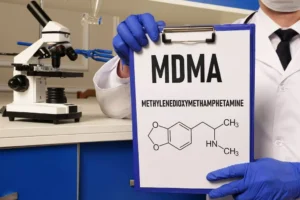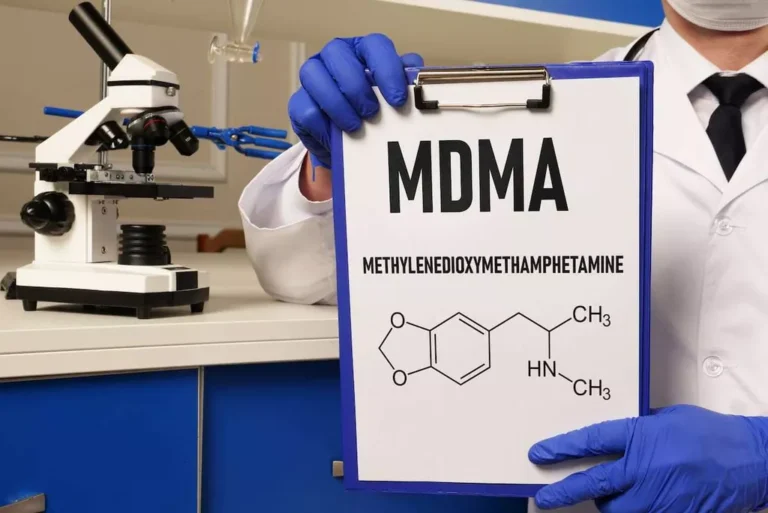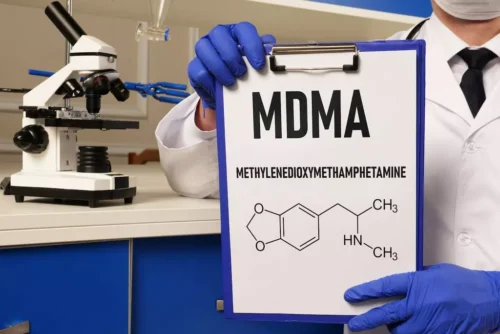
Research suggests that CB1 receptors regulate the effects of marijuana on the gastrointestinal tract. Scientists do not know much about the function of the CB2 receptors. Doctors also noticed that individuals with CHS would take frequent hot showers and baths. When people with CHS stop using marijuana, their symptoms of nausea and vomiting usually disappear. Nausea and vomiting tend to return if they start using marijuana again.
Symptoms of cannabinoid hyperemesis syndrome
This is likely due to the legalization of recreational marijuana and the easy availability of more potent pot strains. If you are a long-term marijuana user (have smoked pot daily for at least a year) and have symptoms of CHS, your doctor will be able to detect THC in blood and urine tests. Make sure you tell your doctor upfront that you are a heavy pot user (whether recreational or medicinal), before undergoing lab work. The only option to treat the condition long-term is to stop using marijuana.

General Health
- If you’re interested, reach out to a mental health professional like a licensed psychologist or therapist.
- Since 2004, doctors have identified key symptoms and characteristics of the condition that can help speed up diagnosis.
- Anandamide is synthesized from the precursor N-arachidonoyl phosphatidylethanolamine, while 2-AG is produced from an inositol-1,2-diacylglycerol precursor 8,16,17.
He has served as a clinical director, clinician, and supervisor for mental health pro- grams in acute, sub-acute, and outpatient facilities, and in primary care. However, it could take months before the person can eat normally again. If someone who recovers from CHS starts smoking marijuana again, prodromal phase symptoms are likely to return. Additionally, not all cannabis users develop CHS, causing further difficulty in describing the syndrome. They may also prescribe antipsychotic medications such as haloperidol (Haldol) or olanzapine (Zyprexa) to help you calm down as you switch to the recovery phase. Although it was considered to be rare, the number of cases has increased with the legalization of marijuana heroin addiction in many places and the opening of retail stores to easily get it.

Cannabis contamination
Anandamide is synthesized from the precursor N-arachidonoyl phosphatidylethanolamine, while 2-AG is produced from an inositol-1,2-diacylglycerol precursor 8,16,17. The metabolism of anandamide is principally carried out via fatty acid amide hydrolase (FAAH), whereas the major enzyme metabolizing 2-AG is monoacylglycerol lipase (MAGL) 18. CannaMD is committed to providing compassionate care to Florida patients through evidence-based application of medical cannabis research. Centered around education, empathy, and exceptional customer service, CannaMD offers an unparalleled patient experience – empowering Florida residents to pursue a better quality of life. In most cases, the symptoms of the syndrome will disappear pretty fast. The patient may feel much better in general within a few days, usually one or two.

Symptoms of Cannabinoid Hyperemesis Syndrome
Because prodromal symptoms typically come and go, individuals usually rely on self-treatment measures to reduce nausea. In some cases, the prodromal phase may last https://ecosoberhouse.com/ several months before transitioning into the hyperemic phase. However, evidence also suggests that marijuana can have a paradoxical effect on the central nervous and gastrointestinal system, with reports of long-term pot users suffering severe nausea, vomiting, and rapid dehydration. Physicians call this effect “cannabinoid hyperemesis syndrome” (CHS).

- Receptors are specialized cells that respond to specific stimuli or changes in the environment.
- In the brain, the cannabinoid system helps regulate several aspects of the endocrine system.
- Currently, doctors do not have treatment guidelines for the management of CHS.
- But too many of them may increase your risk for dehydration due to sweating.
CB1 receptor activation in the hypothalamus and pituitary gland results in modulation of all hypothalamic-pituitary axes 38. Receptor activation leads to inhibitory effects on the release of growth hormone, thyroid hormone, prolactin, and luteinizing hormone 38. In animal studies mice lacking CB1 receptors demonstrate enhancement in circadian HPA axis activity peaks and impairment in glucocorticoid feedback 39. Two well-characterized naturally occurring endocannabinoids are anandamide and 2-arachidonoylglycerol. Cannabinoids discovered in the cannabis plant with known effects on the regulation of emesis include tetrahydrocannabinol, cannabidiol, and cannabigerol.
- Examples of cannabinoids include tetrahydrocannabinol (THC) and cannabidiol (CBD).
- Further initiatives are needed to determine this disease prevalence and its other epidemiological characteristics, natural history, and pathophysiology.
- Additional pharmacological research is needed regarding the pro-emetic effects of additional cannabinoids and their metabolites.
- This could result in excessive levels of pro-emetic cannabinoids or emetogenic metabolites.
- Marijuana is addictive, with up to 30% of those using the drug having some degree of marijuana use disorder.
Responsible and informed consumption is key to enjoying the many benefits that cannabis has to offer. If you have used cannabis for a long time and worry about becoming sick with CHS, be aware the only cure for this syndrome is not using pot. Individuals who have smoked cannabis for years without experiencing health issues often resist the idea that using pot is causing nausea, vomiting, and abdominal pain. But, when they are eventually hospitalized because of severe dehydration, shock, or organ failure, they will be told in no uncertain terms by their doctors that continuing to use what are the 3 stages of chs pot could seriously endanger their lives. Ongoing research investigating the health benefits of marijuana indicates that cannabis may help reduce symptoms of neurological or autoimmune conditions. In addition, chemotherapy patients suffering from nausea and vomiting often use medicinal cannabis for its anti-emetic properties.
